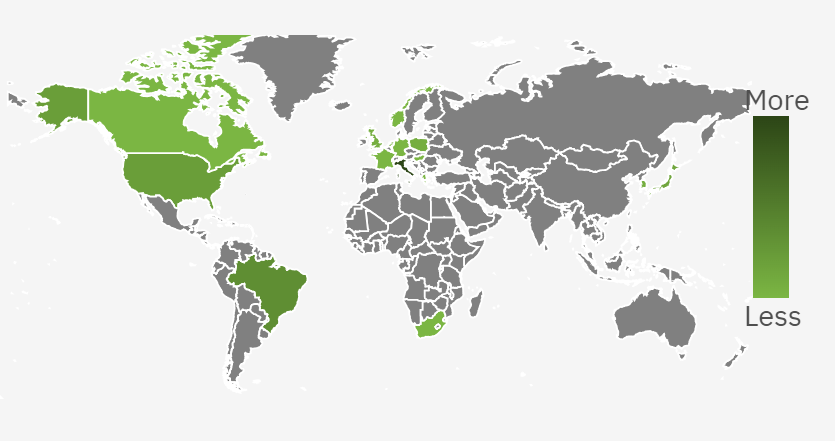 An open access journal
An open access journal
Transformative Impact of Public REITs on the Construction Engineering Industry: Financing Innovation, Valuation Restructuring, and Development Pathways
Abstract
Public Real Estate Investment Trusts (REITs) for infrastructure, as a critical instrument in China’s financial supply-side reform, are profoundly reshaping the investment and financing models as well as the value chain structure of the construction engineering industry. This paper conducts an in-depth analysis of the application mechanisms of public REITs in the construction sector and explores their multidimensional impacts—including optimizing the asset-liability structure of construction enterprises, facilitating lightweight asset transformation, and restructuring the industry ecosystem—based on empirical market data. The findings indicate that REITs significantly enhance the liquidity of infrastructure assets by establishing a closed loop of "investment-construction-operation-exit," leading to a 15%-30% improvement in the average asset turnover rate of construction firms. Additionally, their equity-based financing characteristics reduce corporate leverage ratios by 5-8 percentage points. The study further identifies challenges in the current promotion of REITs, such as compliance deficiencies, valuation discrepancies, and operational risks, and proposes adaptive development pathways tailored to the construction engineering industry. As of June 2025, the total market capitalization of China’s infrastructure REITs has exceeded 250 billion yuan, covering nine major sectors including transportation, energy, and industrial parks. This not only provides construction enterprises with new channels for revitalizing existing assets but also injects fresh momentum into the industry’s high-quality development.

